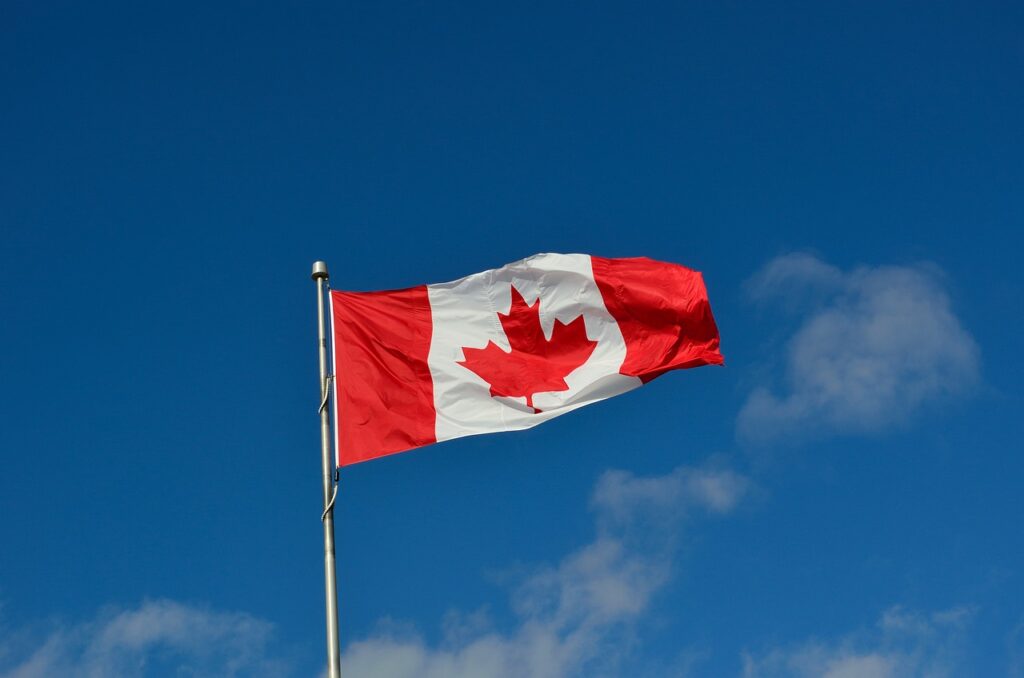Canada is a land of diverse cultures, breathtaking landscapes, and rich history. One aspect that reflects this cultural tapestry is its official languages. Unlike many countries that have a single official language, Canada proudly embraces two: English and French. This linguistic duality is a testament to the nation’s unique history and commitment to multiculturalism. In this article, we delve into the official languages of Canada, their origins, significance, and impact on Canadian society.

English: A Lingua Franca of Diversity
English, with its origins in the United Kingdom, is the most widely spoken language in Canada. It is the primary language used for communication, governance, business, and education in most regions. The prominence of English in Canada can be traced back to the country’s colonial history, as British settlers established settlements and colonies across the nation.
Today, English serves as a lingua franca, connecting people from various cultural backgrounds and enabling effective communication across the country’s vast expanse. It is the predominant language in provinces such as Ontario, Alberta, and British Columbia, as well as in major urban centers like Toronto, Vancouver, and Calgary.
French: A Cornerstone of Canadian Heritage
French, rooted in the history of New France, is the second official language of Canada. Its presence is most pronounced in the province of Quebec, where it holds a central place in everyday life, government affairs, and cultural expressions. The roots of French in Canada date back to the early 17th century when French explorers and settlers arrived in what is now modern-day Quebec.
The preservation and promotion of the French language have been integral to the identity of Quebec and its people. The province’s unique linguistic and cultural heritage has led to the establishment of various institutions, such as the Office québécois de la langue française, which aims to protect and promote the use of French in public life.
Bilingualism: A Symbol of Unity
One of Canada’s defining features is its commitment to bilingualism. Both English and French hold equal status at the federal level, making Canada one of the few countries in the world to recognize two official languages. This commitment is enshrined in the Official Languages Act of 1969, which ensures that Canadians have the right to access federal government services in either English or French.
Bilingualism is not only a matter of language but also a symbol of unity and inclusivity. It represents Canada’s efforts to bridge linguistic and cultural divides, fostering a sense of national identity that transcends linguistic differences. The bilingual nature of Canada’s institutions, including federal government buildings and documents, further reinforces this commitment to linguistic equality.
Impact on Canadian Society
The coexistence of English and French has had a profound impact on Canadian society, shaping its cultural landscape, education systems, and international relations. Bilingualism has led to a greater understanding and appreciation of both languages, fostering a multicultural environment where linguistic diversity is celebrated.

Furthermore, Canada’s bilingualism is an asset on the global stage, enabling the country to engage with international partners in both English and French. This linguistic advantage has contributed to Canada’s role as a diplomatic bridge between English-speaking and Francophone countries.
In Conclusion
Canada’s official languages, English and French, embody the nation’s rich history, cultural diversity, and commitment to inclusivity. The linguistic duality serves as a bridge connecting people from different backgrounds, while also reflecting the unique heritage of various regions. This dedication to bilingualism not only strengthens the sense of national identity but also underscores Canada’s role as a global leader in embracing and celebrating linguistic diversity.
